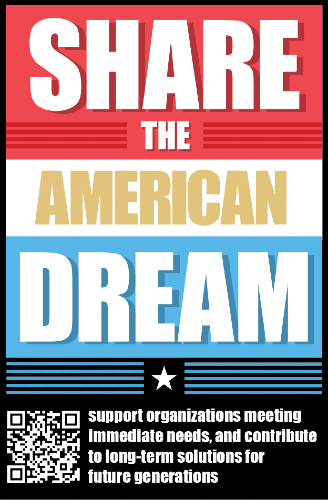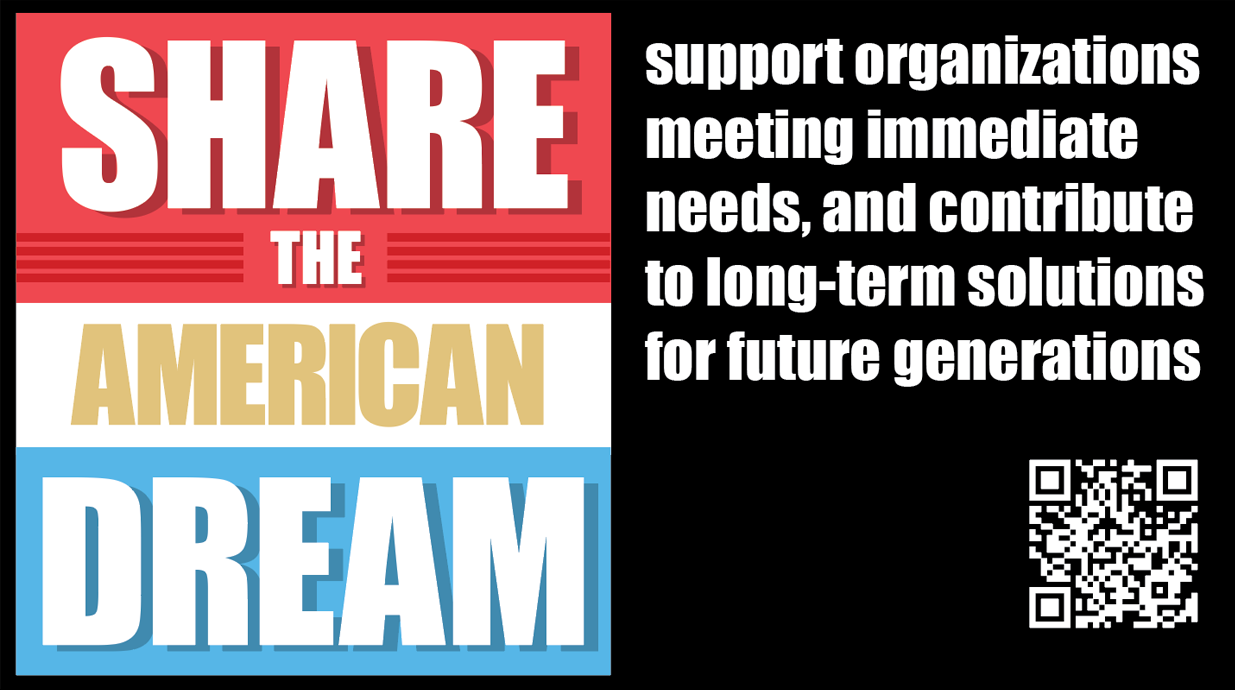Typography in Web Design: Choosing Fonts that Enhance User Engagement
A professional font can improve the user experience by 40%. Choosing a font for your website may seem like a minor issue.
In reality, typography is a pretty important web design element to pay attention to.
Think about it. Your marketing messages consist of words. If your target audience can’t read those words, then what good is your message?
How can people know how awesome your product is if something as simple as a font can get in the way?
In this article, we’ll explain the importance of an attractive, readable, brand-consistent font and how to choose the right one to boost user engagement.
Why Is Typography in Web Design So Important?
Typography in web design because it impacts how your audience perceives and interacts with your content.
A well-chosen font can enhance readability, convey your brand’s personality, and improve user engagement.
Helvetica, for example, is a popular font known for its clean, modern look and excellent readability. This makes it effective for engaging users.
Beaches of Normandy Tours, a tour agency focused on WWII historical tours, uses Helvetica in its blog articles to attract history enthusiasts, veterans, soldiers, and relatives. They use Helvetica’s clear and simple design to create a sense of professionalism and trust.
For example, their article about The Liberation of Paris combines Helvetica with historical photos, making the content easy to read and visually appealing. This approach makes blogs more user-friendly and keeps readers engaged by presenting reliable historical information in an attractive way.
The Psychological Impact of Fonts: How Different Fonts Evoke Emotions
Different fonts can evoke various emotions and perceptions, which influence how users feel about a website and its content. This is called font psychology.
With their traditional and elegant look, Serif fonts often evoke feelings of reliability and sophistication. With their clean and modern appearance, it’s no wonder why about 85% of fonts on the web are Sans-serif fonts.
Their simplicity and clarity make them universal fonts to use in a variety of industries and websites.
On the other hand, script fonts can appear personal and creative, while decorative fonts add a unique and distinctive flair.
StudioSuits, a brand that sells seersucker suits for men, uses simple fonts on its website. It uses the custom font Unna for its headings and a Sans-serif font for its text. This combination creates a sophisticated and engaging experience that aligns with the brand’s simplistic design ethos.
How to Choose the Right Fonts for Your Website
Now, with that out of the way, let’s look at some best practices to consider when selecting website fonts for a beautiful, user-friendly design.
Understand Your Audience
Understanding your audience can help you choose the right font for your website because different demographics have varying preferences and expectations. Knowing your audience’s age, interests, and cultural background can guide you in choosing fonts that resonate with them and enhance their user experience.
For example, Cruise America, a leading provider of RV rentals in Denver, serves the travel industry and aims to evoke a sense of adventure and freedom. The brand incorporates a script-type font for its headings to create a stylish and inviting feel while keeping the remaining fonts simple for readability.
It uses a custom font called Recklame Script, a handwriting font that adds a unique, stylish look, helping to engage its audience and reflect the excitement of travel.
Some tips for choosing fonts that resonate with your audience:
- Look at the fonts your competitors use.
- Consider your industry. (e.g. Tech = sleek, modern; Luxury = elegant, serif)
- Analyze website analytics to understand how your audience will interact with your content.
- Conduct A/B tests with different fonts to see which ones perform the best in terms of conversions.
Match Your Brand Personality
Marketers see a 30% increase in customer engagement when they use fonts that are consistent with their brand.
So, when your font choices reflect the personality of your brand, it creates a sense of authenticity that resonates with your target customer.
For example, a professional corporate brand might benefit from clean, Sans-serif fonts that convey reliability and a sense of trust.
On the other hand, a creative brand might opt for decorative or handwritten fonts that convey innovation and playfulness.
A marketing agency would be a perfect example of a brand that can use more expressive typography. Note the screenshot below. Level Agency uses a bold, creative font to grab attention and convey its innovative approach to marketing.
Prioritize Readability
Only 30% of websites consider font accessibility for visually impaired users. Don’t be part of the other 70% with incorrect letter spacing or Times New Roman font at 8 points with no white space.
No matter how attractive a font is, if it isn’t easy to read, it’s not going to delight your visitors. That means they’re more likely to leave your site, especially if they have a visual impairment.
So, test your chosen fronts across different devices and screen sizes to ensure legibility. Avoid decorative fonts for body text. If you must use them, save them for headings or accent elements.
Make sure there’s enough contrast between your text and background. Dark text on a light background, or vice versa, usually works best.
Consider Font Pairing
Add visual interest to your web design by choosing complementary fonts. Consider using a more expressive, bold font for headings. Choose a simpler, more readable font for body takes. Make sure the fonts you pair have contrasting but harmonious styles.
You can also use different font weights (bold, regular, light) to establish a visual hierarchy. This can help you guide users through the content smoothly.
Final Thoughts
The font(s) you choose can take your website design to the next level. It’s a small piece of the web design puzzle, but an important piece nonetheless.
Test out different styles and capture the essence of your brand. Think about your customers and the industry you serve.
Following these tips can help you find the right font combination that complements your overall web design and ensures a smooth user experience.
Here’s to your success!
Featured image by Natalia Y. on Unsplash
The post Typography in Web Design: Choosing Fonts that Enhance User Engagement appeared first on noupe.









